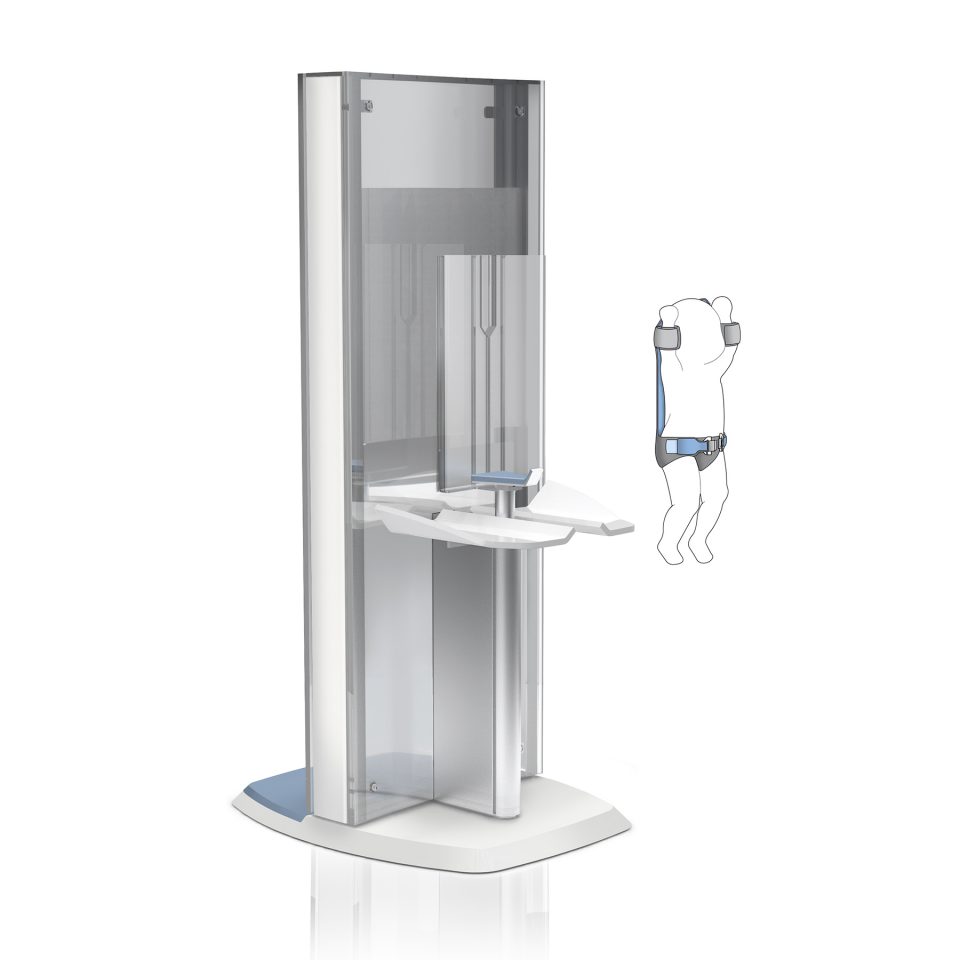In medical diagnostics, visualization is the way to recognition and knowledge. The possibilities for the visual recognition of diseases are manifold. The technical procedures are still highly appreciated by both patients and doctors – despite many risks for late effects, despite painful types of examinations, despite inaccurate results such as in mammography!
The project should present the possibilities and approaches of technical design to develop imaging diagnostic processes as systems that are actually need-oriented. In this field, the so-called technical apparatus culture still dominates the diagnosis and later also the therapy process. The aim of a novel configuration was a designed universal diagnosis and therapy procedure, which not only addresses the necessary (examination), but above all also the useful (appropriateness, safety) and the pleasant (comfort).
For this purpose, the traditional and still successful product design process was followed, which culminated in the design and implementation of a medical device as a design model. After intensive research at the beginning of the project, the students selected the problematic examination and diagnosis in the field of mammography or breast cancer screening and examination. Through precise observation of physiological and pathological aspects, devices were designed that either improved an existing type of examination or even redesigned an alternative diagnostic procedure. The basis for this was an intensive group discussion and the joint research of all participants in the seminar.
Picture: Young Women // Florian Kössler

Julia Liedke

Ina Riedel

Florian Kössler
Prof. Frank Zebner
Students
Tina Blau, Simon Ehses, Janina Heiliger, Leonard Klein, Anna-Lena Kluge, Florian Kössler, Julia Liedtke, Steffen Reiter, Ina Riedel, Yamilia Sauer, Ying Yang